
How did life begin?
Where did life on Earth come from? How did it happen? Those who believe in the Primordial Soup model believe that a nutrient-rich early Earth eventually formed increasingly-complex molecules that gave rise to life. This could have taken place in the deep ocean vents, in clay, or under ice. Also, it has been suggested that RNA could have dominated the first lifeforms. Some believe in panspermia, in which microbial life was brought to Earth via meteorites or comets. Even if that is true, it doesn't answer the question of how that life originated.

Why do we sleep?
While we do know that the human body is regulated by a circadian clock that keeps humans on a sleep/wake cycle, we don't really know why. Sleep is the time when our bodies repair tissues and perform other maintenance activities, and we spend nearly a third of our lives snoozing. While people need to sleep, other organisms can survive without it. Some theorize that animals who are able to sleep have evolved the ability to hide from predators, while others who need to remain more alert are able to rest and regenerate in other ways without fully going to sleep.
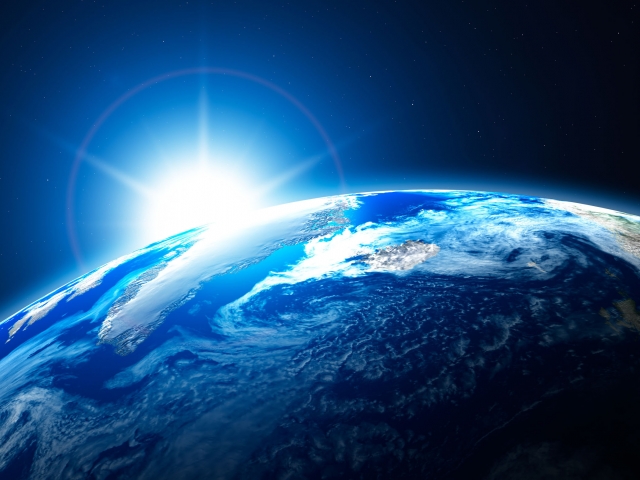
Where is all the lithium?
Early in the Universe when temperatures were incredibly high, isotopes of hydrogen, helium, and lithium were synthesized in abundance. Hydrogen and helium are still incredibly abundant and make up nearly all of the mass in the Universe, though there is only about a third of the lithium-7 that we should see. There are a wide variety of explanations for why this might have happened, including some hypotheses involving hypothetical bosons known as axions, and others believe it is trapped in the core of stars, which our current telescopes and instruments can't detect. However, there are currently no clear front running theories to explain this absence of lithium in the Universe.
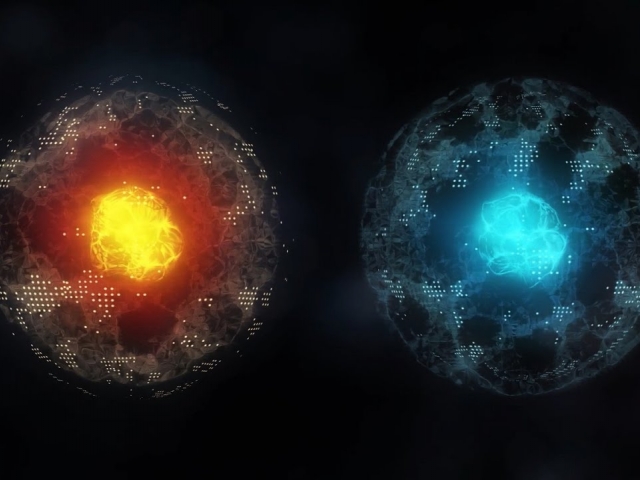
Why is there more matter than antimatter?
According to our current understanding of particle physics, matter and antimatter are equal but opposite. When they meet, they should destroy one another and leave nothing left over, and most of those annihilations should have occurred early in the Universe. However, there was enough matter left over to make the billions and billions of galaxies, stars, planets, and everything else. Various explanations surround mesons, which are short-lived subatomic particles made of one quark and one antiquark. B-mesons decay more slowly than anti-B-mesons, which could have resulted in enough B-mesons surviving the interaction to create all of the matter in the Universe.

What is gravity?
Earth's gravity holds us to the surface. Moon gravity causes tides. The sun's gravity keeps our planet in orbit, but how much do we really understand it? This powerful force is generated from matter, and more massive objects therefore have a greater ability to attract other objects. While scientists do understand a great deal about how gravity acts, they aren't really sure why it exists. Why are atoms mostly empty space? Why is the force that holds atoms together different from gravity? Is gravity actually a particle? Modern science leaves these questions open.
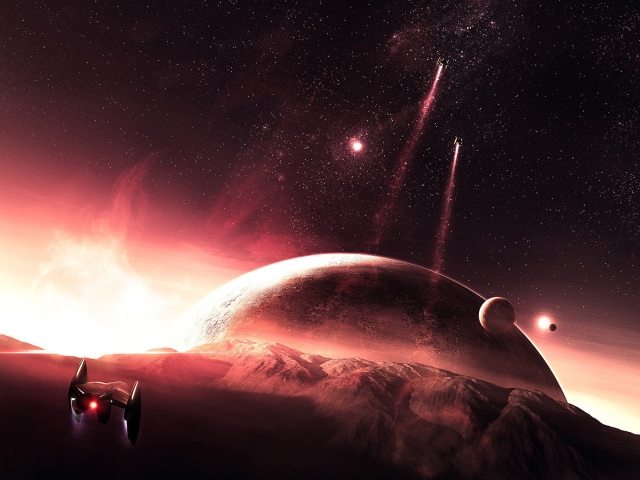
Are there other?
The observable Universe is 92 billion light-years in diameter, filled with billions of galaxies with stars and planets, yet the only evidence of any life anywhere is right here on Earth. Statistically, the odds of us actually being the only living beings in the Universe are impossibly low, so why haven't we connected with anyone else yet? This is known as the Fermi Paradox (Enrico Fermi is the creator of the world's first nuclear reactor). Various theories have been proposed, including the version that the Earth is indeed the only inhabited planet.
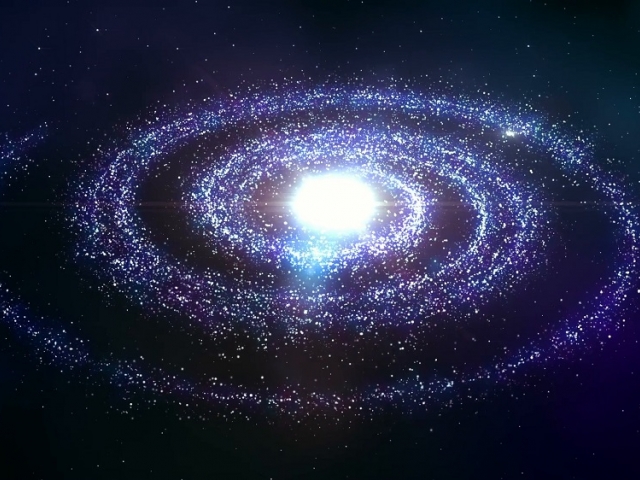
What is dark matter made of?
About 80% of all mass in the Universe is made of dark matter. Dark matter is pretty peculiar stuff, as it doesn't emit any light. Though it was first theorized about 60 years ago, there isn't any direct evidence of its existence. Many scientists believe dark matter is comprised of weakly interacting massive particles (WIMPs), which could be up to 100 times more massive than a proton, but doesn't readily interact with the baryonic matter our instruments were designed to detect. Other candidates for dark matter's composition include axions, neutralinos, and photinos.

How does tectonic plates work?
It might sound surprising, but the theory of continental plates moving around, rearranging continents and causing earthquakes, volcanic eruptions, and even forming mountains, has only received widespread support relatively recently. Though it was first postulated back around 1500 that the continents may have once fit together, the idea didn't gain a lot of traction until the 1960s when the hypothesis of sea-floor spreading, where rocks are pulled into the mantle of the Earth, recycled, and brought back to the surface as magma, was backed up by physical evidence. There are many theories, but none of them completely address all aspects of this activity.

How do animals migrate?
Many animals and insects migrate throughout the year in order to escape changing seasonal temperatures and the waning resources that come with it or to find mates. Some of these migrations can reach thousands of kilometers in one direction, so how do they find their way there and back again year after year? Different animals use different navigational tools, including some who are able to tap into the Earth's magnetic field and use themselves like a compass. However, scientists still don't know how this trait evolved or how untrained animals know exactly where to go season after season.
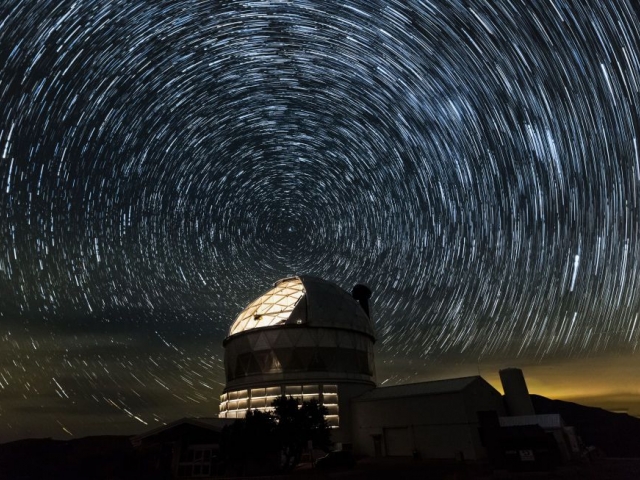
What is dark energy?
Of all of the great mysteries of science, dark energy might be the most enigmatic of all. Dark energy has been implicated as the cause for the expansion of the Universe, though there is still a considerable amount of mystery regarding its supposed properties. First and foremost, what is it even made of? Is dark energy constant, or are there fluctuations throughout the expanse of space? Why does dark energy's density appear to match the density of regular matter? Can dark energy be reconciled with Einstein's theory of gravity, or does the theory need to be reevaluated?
 Български
Български 
 Русский
Русский English
English Bahasa Indonesia
Bahasa Indonesia Bahasa Malay
Bahasa Malay ไทย
ไทย Español
Español Deutsch
Deutsch Français
Français Tiếng Việt
Tiếng Việt 中文
中文 বাংলা
বাংলা हिन्दी
हिन्दी Čeština
Čeština Українська
Українська Română
Română
